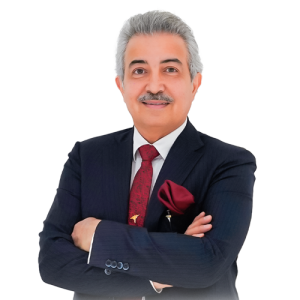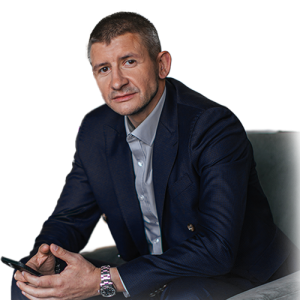Everything You Need to Know
Rhinoplasty, commonly referred to as a “nose job,” is a popular cosmetic procedure aimed at reshaping and enhancing the appearance of the nose. This surgery can also improve nasal function and address structural issues that may cause breathing difficulties. Whether for aesthetic reasons or medical necessity, rhinoplasty can significantly impact an individual’s facial balance and self-confidence. Here’s a comprehensive overview of rhinoplasty, including its benefits, procedure, and recovery process.
What Is Rhinoplasty?
Rhinoplasty is a surgical procedure that involves altering the shape, size, or structure of the nose. This may include reshaping the nasal bridge, refining the tip, adjusting nostril size, or correcting a deviated septum. The procedure can be performed for cosmetic reasons, such as achieving a more harmonious facial profile, or functional reasons, like improving airflow through the nasal passages.
Benefits of Rhinoplasty
Undergoing rhinoplasty can offer numerous benefits, including:
- Enhanced Facial Aesthetics: Rhinoplasty can improve the balance and proportions of the face, creating a more pleasing appearance.
- Improved Breathing: For those with structural nasal issues, rhinoplasty can enhance airflow and alleviate breathing difficulties.
- Increased Self-Confidence: Many individuals report a boost in self-esteem and body image following the procedure.
- Personalized Results: The surgery can be tailored to meet individual aesthetic goals and functional needs.
Who Is a Candidate for Rhinoplasty?
Ideal candidates for rhinoplasty typically include individuals who:
- Are dissatisfied with the appearance of their nose, whether due to size, shape, or asymmetry.
- Experience breathing problems related to structural nasal issues.
- Are in good overall health and have realistic expectations about the outcome of the surgery.
- Are at least 15 years old for females and 16 years old for males, as nasal growth can impact results.
A consultation with a qualified plastic surgeon is essential to evaluate your goals and determine the best approach for your needs.
The Rhinoplasty Process: What to Expect
1. Consultation
During the initial consultation, your surgeon will assess your facial features, discuss your aesthetic and functional goals, and explain the surgical options available.
2. Preparation
You will receive pre-operative instructions, including guidance on medications, smoking cessation, and dietary recommendations to ensure a safe procedure.
3. Procedure
Rhinoplasty is usually performed under general anesthesia or local anesthesia with sedation. The surgery can be done through two primary techniques:
- Open Rhinoplasty: Involves a small incision on the columella (the strip of tissue between the nostrils), allowing for greater visibility and access to the nasal structure.
- Closed Rhinoplasty: Involves incisions made inside the nostrils, resulting in no visible scarring and a shorter recovery time.
The surgeon will reshape the underlying nasal structures to achieve the desired result, which may involve removing or adding cartilage and bone.
4. Recovery
After the surgery, patients can expect swelling, bruising, and discomfort, which can be managed with prescribed medications. A splint may be placed on the nose to maintain its new shape. Most patients can return to normal activities within a week, but complete healing can take several months.
5. Follow-Up Care
Follow-up appointments will be scheduled to monitor your recovery and ensure optimal healing. It’s important to adhere to post-operative care instructions for the best results.
Risks and Complications
While rhinoplasty is generally safe, potential risks and complications may include:
- Infection: There is a risk of infection at the surgical site.
- Scarring: Open rhinoplasty may result in visible scarring, though they typically fade over time.
- Changes in Sensation: Patients may experience temporary changes in sensation around the nose.
- Asymmetry or Dissatisfaction: There is a possibility of uneven results or dissatisfaction with the final appearance, which may require revision surgery.
Alternatives to Rhinoplasty
If you’re not ready for surgery or prefer non-invasive options, consider these alternatives:
- Dermal Fillers: Fillers can be used to enhance the nose’s shape or contour without surgery, providing a temporary solution.
- Botox Injections: Botox can help smooth out certain areas of the nose, although it won’t address structural concerns.



